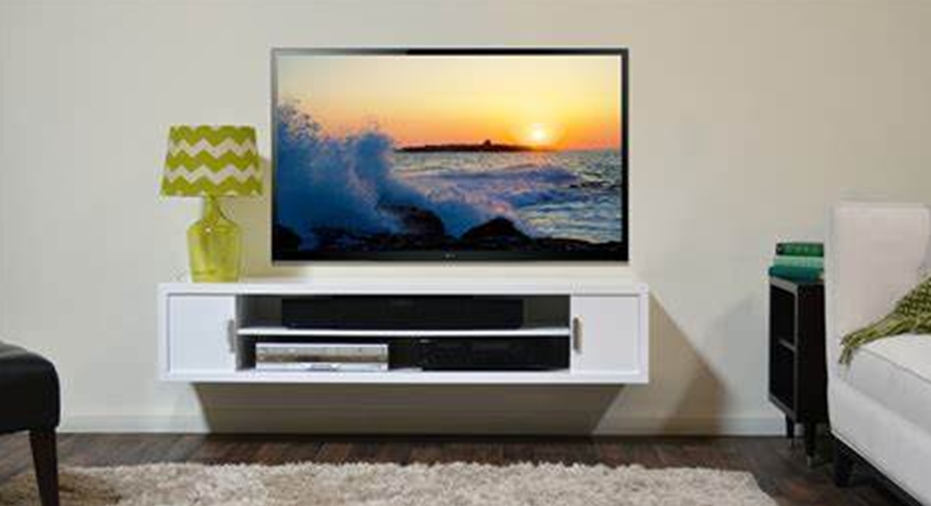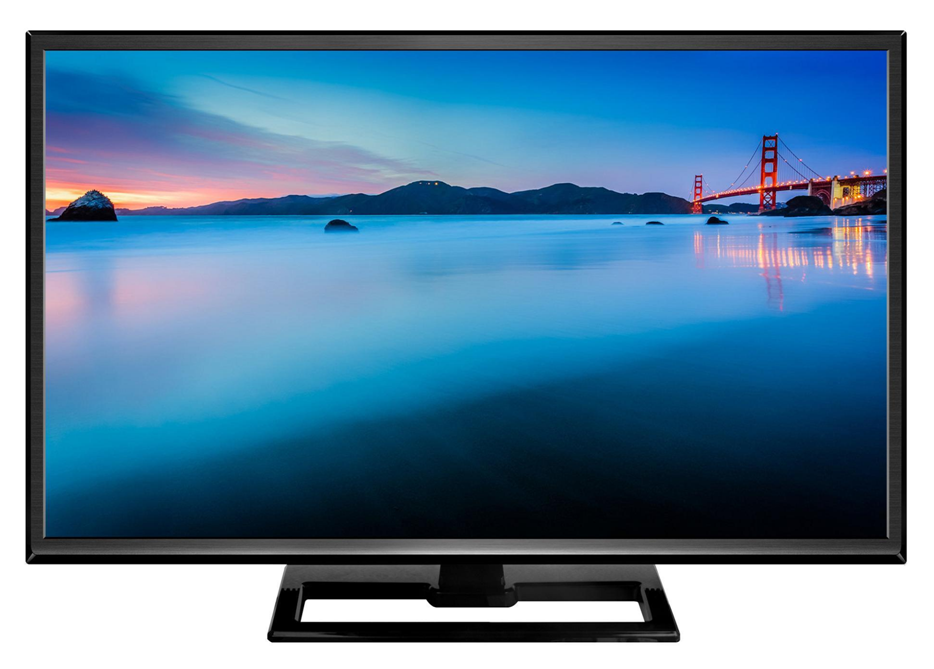When the time comes to get yourself a brand new television set, you can’t wait to finally install it and try it out. The excitement kicks in and your joy is through the roof. You start searching for the one that is about to make a great addition to your home. And that’s the exact moment when your excitement starts to die down.
Flat-screen, inches, cores, processors, resolution, HD, ultra-HD, ultra-mega-whatnot-HD… That’s a lot of information to process at once. What was your dream up until a few seconds ago, now became a nightmare. Who knew that choosing a TV could be such a complex challenge?
Fortunately for you, your decision just became easier. There is a simple way to find yourself the best 70 inches of flat screen TV here on the World Wide Web, without even breaking a sweat. And it’s sure to feature all the right things and have all the right specifications. Even the ones you never knew you needed.
Of course, you will still have to do some reading and some research. But, you will at least know what exactly you should look for. As for now, I’ll offer my insight into the features and advantages of LED screen television.
What Is A LED Screen?
When upgrading your home theater, the absolutely first question you will have to answer is as follows. What kind of screen do you want? You might have heard about a lot of different options, but the term LED is sure to have popped up over and over again in your pursuits for the best TV.
In simple words, LED TV is a specific type of LCD TV, which stands out for its use of LEDs to provide a light source. To make this even clearer, these are the giant displays, made up of thousands of bright LED lights. These shine from behind the screen, which enhances the picture quality. But, just when you thought that you have it all figured out, you realize that this type has its types. Does it ever stop? Learn more.
Edge Lit Vs. Full Array Vs. Direct Lit
Let’s get straight to the point. Edge Lit is the most common option available on the market. Basically, in this type, LEDs are placed along the edges of the TV and they light the image by facing the center of your screen. When it comes to dimming, these are suitable for dimming large sections of the picture.
On the other hand, with Full Array, dimming is more localized and precise, which leads to deeper and richer images. In this type, LEDs are placed throughout the back of the television. Of course, this is a slightly pricier option. So, it all really depends on how much you are ready to spend.
Lastly, there are Direct Lit TVs. Similarly, LED lights are spread behind the entire surface of the screen. However, since these devices don’t use local dimming, the quality of the picture might be slightly lower than what you get with Full Array. Simply put, this means that you will be watching in slightly grayer tones.
In the hope that I have made some aspects understandable and helped you in your choice of preferred television devices, there’s only one thing left to say. For the love of God, try to limit your budget before falling in love with a particular type. Because, believe me when I say it, once you see what the market has to offer, it might easily happen that you decide to neglect that budget altogether and get yourself the perfect TV.


